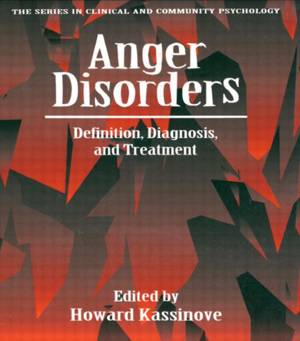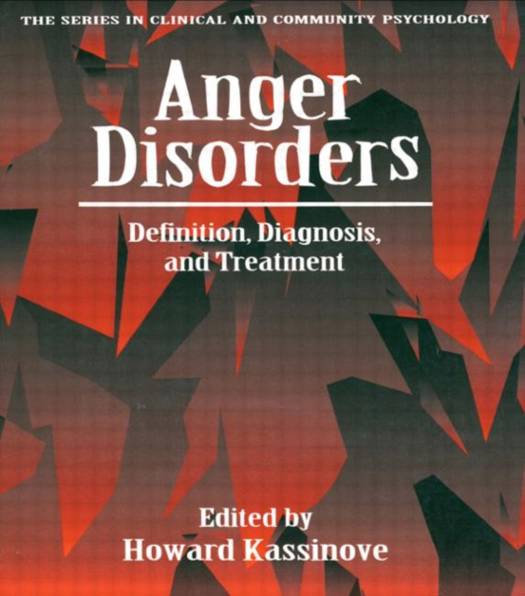
- Afhalen na 1 uur in een winkel met voorraad
- Gratis thuislevering in België vanaf € 30
- Ruim aanbod met 7 miljoen producten
- Afhalen na 1 uur in een winkel met voorraad
- Gratis thuislevering in België vanaf € 30
- Ruim aanbod met 7 miljoen producten
Zoeken
Anger Disorders
Definition, Diagnosis, and Treatment
€ 79,45
+ 158 punten
Omschrijving
Anger is a daily experience. It is encountered in a number of interpersonal, family and occupational situations. Research indicates that even "normal" parents worry that they will lose control of their anger and harm their children. When short-lived and of low intensity, anger may be of some help to us; in contrast, when it is persistent and intense, it is typically highly disruptive.; This text reviews facts and theories of anger. Anger is differentiated from annoyance, fury, rage, hostility and the behaviours of aggression and violence, and attention is paid to understanding anger both as a normal experience and as a clinical disorder. Specific anger diagnoses are presented to describe disruptive anger states and traits. Anger in criminal populations is also discussed and behaviour-analytic, cognitive-constructivist and cross-cultural perspectives are presented in detail.; The book argues that it is important to understand the causes, correlations and outcomes of anger and to develop effective remediation programmes when anger is excessive and disruptive. Thus, following a meta-analyses of the effectiveness of published treatments, two chapters present "ideal" therapy programmes for adult and childhood adolescent anger disorders. Finally, a model is presented to help understand anger development and resolution.
Specificaties
Betrokkenen
- Uitgeverij:
Inhoud
- Aantal bladzijden:
- 256
- Taal:
- Engels
- Reeks:
Eigenschappen
- Productcode (EAN):
- 9781560323532
- Verschijningsdatum:
- 1/07/1995
- Uitvoering:
- Paperback
- Formaat:
- Trade paperback (VS)
- Afmetingen:
- 169 mm x 213 mm
- Gewicht:
- 367 g

Alleen bij Standaard Boekhandel
+ 158 punten op je klantenkaart van Standaard Boekhandel
Beoordelingen
We publiceren alleen reviews die voldoen aan de voorwaarden voor reviews. Bekijk onze voorwaarden voor reviews.










